| Vài cái tên khác | Máy cạo mực |
|---|---|
| Nguồn gốc | Trung Quốc |
| Ứng dụng | Máy in, In ống đồng, In linh hoạt, In nhựa |
| Vật liệu | SK4,C100,20C |
| Số mô hình | GP-DB |
| Dịch vụ OEM | Có sẵn |
| Điều khoản thanh toán | L/C, T/T, Western Union |
| Bưu kiện | Hộp carton, trong hộp gỗ |
| Thời gian giao hàng | 7-20 ngày |
Chia sẻ với:
Metal Industrial has prioritized meeting customer needs for many years by continuously adding new features to their ink doctor blade. Our blades are used in gravure packaging, flexographic printing, UV flexo, offset varnishing, decorative materials printing, pressure-sensitive printing, screen printing, and coating applications.
Metal Industrial sử dụng dây chuyền sản xuất CNC chính xác để sản xuất lưỡi gạt mực chất lượng cao. Quy trình sản xuất và kiểm tra nghiêm ngặt của chúng tôi đảm bảo sản phẩm của chúng tôi nổi bật trong ngành lưỡi dao bác sĩ.
Bằng cách tuân thủ tiêu chuẩn chất lượng hàng đầu và tập trung vào yêu cầu của khách hàng, Metal Industrial cho phép khách hàng duy trì chất lượng in ổn định trong thời gian in dài và giảm thiểu thời gian ngừng hoạt động.
Lưỡi dao bác sĩ mực của chúng tôi phù hợp cho in ống đồng và in flexo. Các vấn đề như tông màu, vệt, dây tóc, sọc và hao mòn lớp crom thường phát sinh do sự đa dạng của máy in và vật liệu nền. Metal Industrial cung cấp nhiều loại lưỡi dao để đáp ứng những nhu cầu đa dạng này. Đối với in bao bì ống đồng, mực dày hơn thường gây ra các vệt và mài mòn thêm trên lưỡi dao và trục lăn. Lưỡi dao của chúng tôi thích ứng với các loại mực này và có thể tái sử dụng, giảm thời gian ngừng hoạt động.

Lưỡi gốm của Metal Industrial lý tưởng cho các quy trình phủ và cán màng trong in flexo. Máy ép flexo hiện đại thường sử dụng con lăn anilox và lưỡi dao bác sĩ để truyền mực. Chiều rộng in của máy ép flexo dao động từ 200mm đến 4000mm. Hệ thống một lưỡi hoạt động cho máy ép nhỏ hơn, trong khi hệ thống khép kín hoạt động tốt hơn cho máy ép cỡ vừa và lớn. Tốc độ in dao động từ 50 đến 450 mét mỗi phút. Các lưỡi đảo ngược thường có góc 30°-40°. Do bề mặt nhẵn của con lăn anilox bằng gốm nên áp lực của lưỡi dao phải ở mức tối thiểu. Các yếu tố ảnh hưởng đến tuổi thọ của lưỡi dao bao gồm hình dạng và số lượng đường của tế bào anilox và độ dày của lưỡi dao.
Lưỡi gốm của Metal Industrial phù hợp với in flexo, với lưỡi dày 0,20mm và đôi khi là 0,15mm. Các hệ thống khép kín không yêu cầu các lưỡi dao dự phòng, vì vậy các lưỡi dao tiêu chuẩn, vát và composite đều có thể áp dụng được.
Đối với in bán sắc, chẳng hạn như in nhãn, độ dày của lưỡi dao thường là 0,075mm. Nguyên tắc chung là lưỡi mỏng hơn hoạt động tốt hơn.
Yêu cầu lắp đặt: Để in ống đồng, góc tiếp xúc lý tưởng để lắp lưỡi cắt là 55-65°. Một góc nhỏ hơn có thể dẫn đến việc lau không hoàn toàn và tạo sương mù.
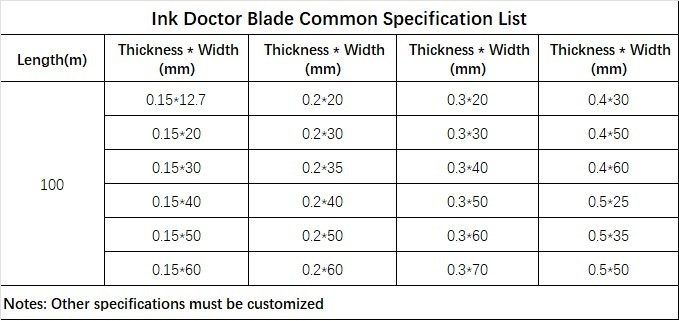
A doctor blade is a thin, flexible blade, typically made of metal or plastic, used in various industrial coating and printing processes to control the thickness of a liquid film applied to a surface. In printing, particularly flexography and gravure, the doctor blade plays a crucial role in removing excess ink from the surface of the printing cylinder (anilox roll or gravure cylinder), ensuring that only the ink held within the engraved cells is transferred to the substrate. The term “doctor blade” originates from its function of “wiping off” or controlling the amount of liquid.
Beyond printing, doctor blades are also used in other coating applications to meter or level the thickness of coatings applied to various substrates.
Doctor blades have diverse applications across several industries:
The selection of material for doctor blades is critical and depends on the specific application, the material being processed (ink, coating solution), the substrate, and the speed of operation. Common materials include:
Doctor blades come in various edge profiles and thicknesses to optimize performance for different applications:
The thickness of the doctor blade also varies depending on the application and the required flexibility and stiffness. Common thicknesses for metal blades range from 0.004″ to 0.020″ or more.
The doctor blade operates by applying controlled pressure against the surface of a rotating cylinder (anilox or gravure) or a substrate being coated.
In printing:
In coating:
The effectiveness of a doctor blade depends on factors such as the blade material, edge profile, thickness, the angle at which it is held against the cylinder or substrate, the applied pressure, the surface condition of the cylinder or substrate, and the properties of the ink or coating being used. Proper selection, setup, and maintenance of the doctor blade are crucial for achieving optimal results in printing and coating processes.
Chào mừng bạn đến hỏi thăm!
If you don’t find the shear blade you are looking for, we can also customize it, see our “Lưỡi tùy chỉnh” to learn how!
Dễ dàng tận hưởng sự tiện lợi khi nhập khẩu, từ khâu vận chuyển đến thông quan, chúng tôi xử lý toàn bộ quy trình, bạn chỉ cần trả thuế VAT và chờ hàng về công ty.
Chúng tôi đã thấy các lưỡi dao của nó được sử dụng trong vô số ứng dụng và sẵn sàng xử lý bất kỳ dự án nào bạn thực hiện theo cách của chúng tôi - mang lại độ chính xác, độ bền và mức giá cạnh tranh chưa từng có.
Cho dù bạn cung cấp bản vẽ, phác thảo hay mẫu, chúng tôi đều có thể vẽ và sản xuất cho bạn. Chúng tôi cũng có khả năng hỗ trợ sửa đổi các thiết kế và thông số kỹ thuật hiện có để cải thiện hầu hết mọi ứng dụng công cụ công nghiệp. Vui lòng liên hệ với đội ngũ bán hàng tận tâm của chúng tôi để thảo luận về các yêu cầu cụ thể của bạn.
Một loạt các thử nghiệm và kiểm tra được thực hiện để kiểm soát chất lượng, bao gồm kiểm tra sản phẩm đầu tiên, kiểm tra vật liệu đầu vào và vật liệu được chứng nhận, kiểm tra chất lượng trong quá trình, kiểm tra chất lượng cuối cùng.
Cho dù bạn là nhà nhập khẩu, nhà phân phối, nhà bán buôn hay người dùng cuối, chúng tôi đều hoan nghênh bạn tham gia cùng chúng tôi với MOQ tối thiểu, không gặp rắc rối khi tìm hiểu thông tin và tự do hơn khi mua hàng.
Trở thành người giám sát độc quyền của bạn, truyền tải thường xuyên mọi nút quan trọng trong dây chuyền sản xuất, bất kể ở xa đến đâu, tiến độ của sản phẩm đều được nắm bắt càng sớm càng tốt!
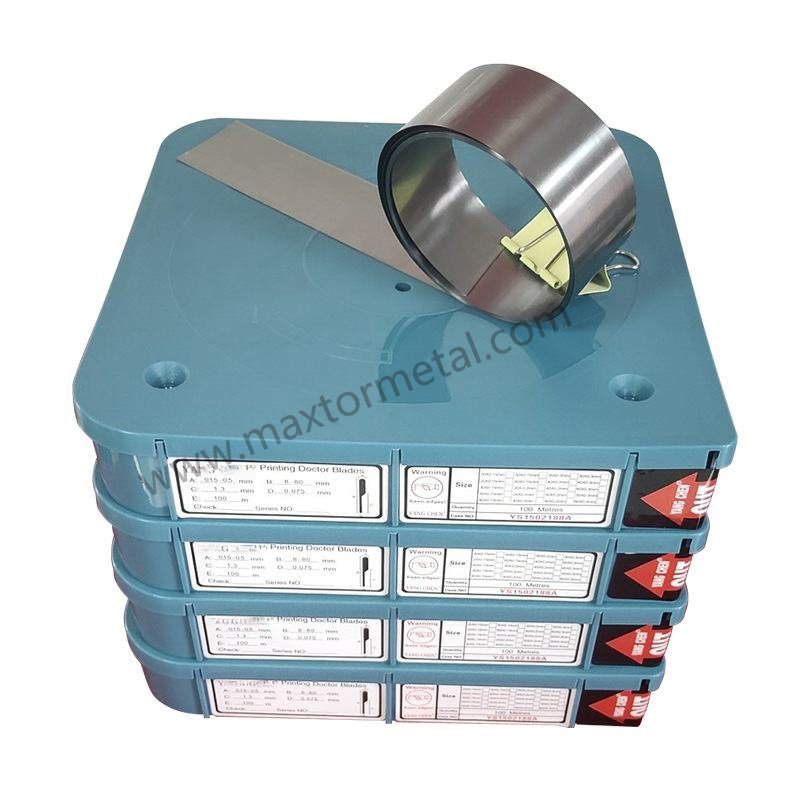
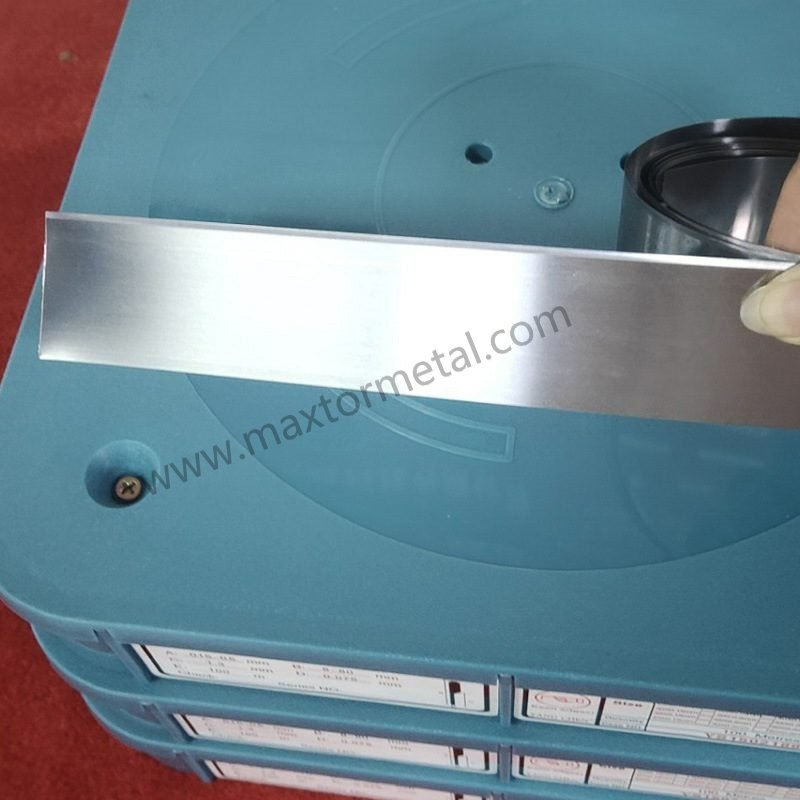
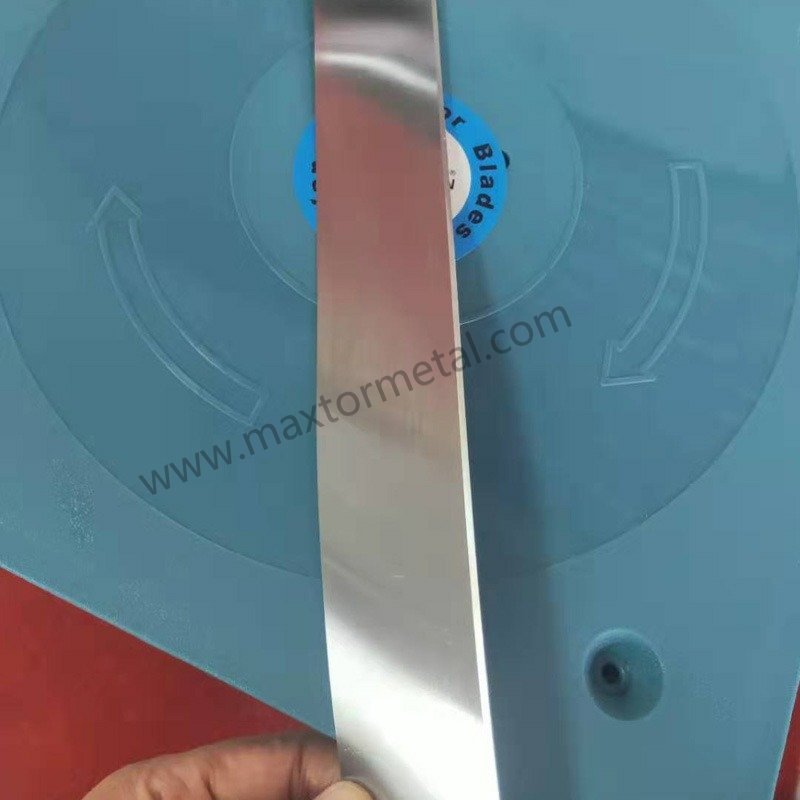
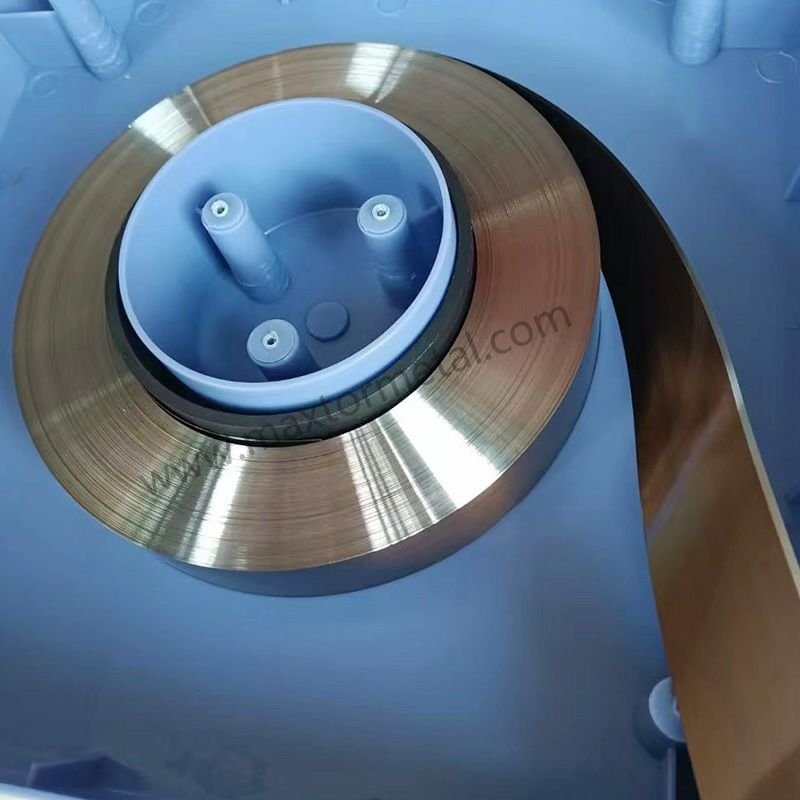
1. Cách sử dụng Doctor Blade đúng cách trong ngành in ấn
CÔNG TY TNHH CÔNG NGHIỆP Metal Nam Kinh
Khu công nghiệp Mingjue, Lishui, Nam Kinh, Giang Tô, Trung Quốc
Luôn cập nhật với những tin tức mới nhất của chúng tôi.